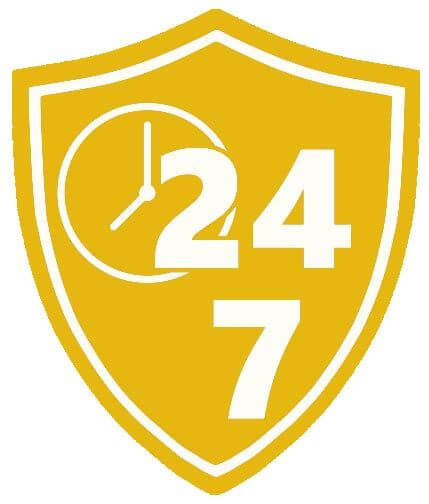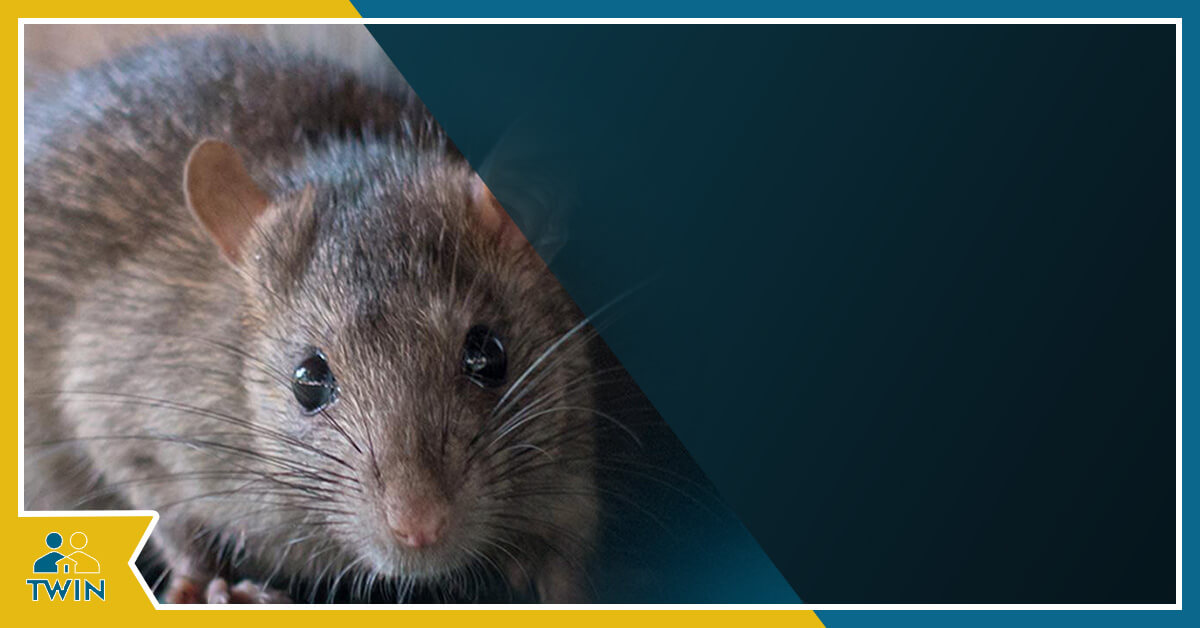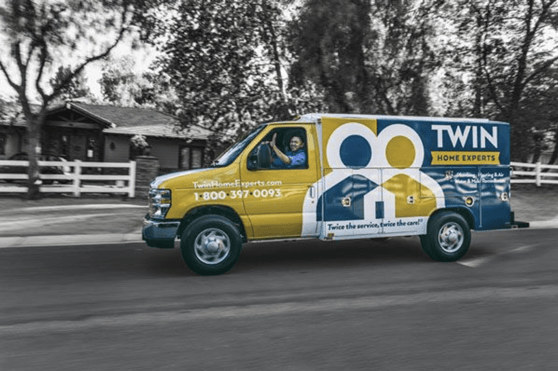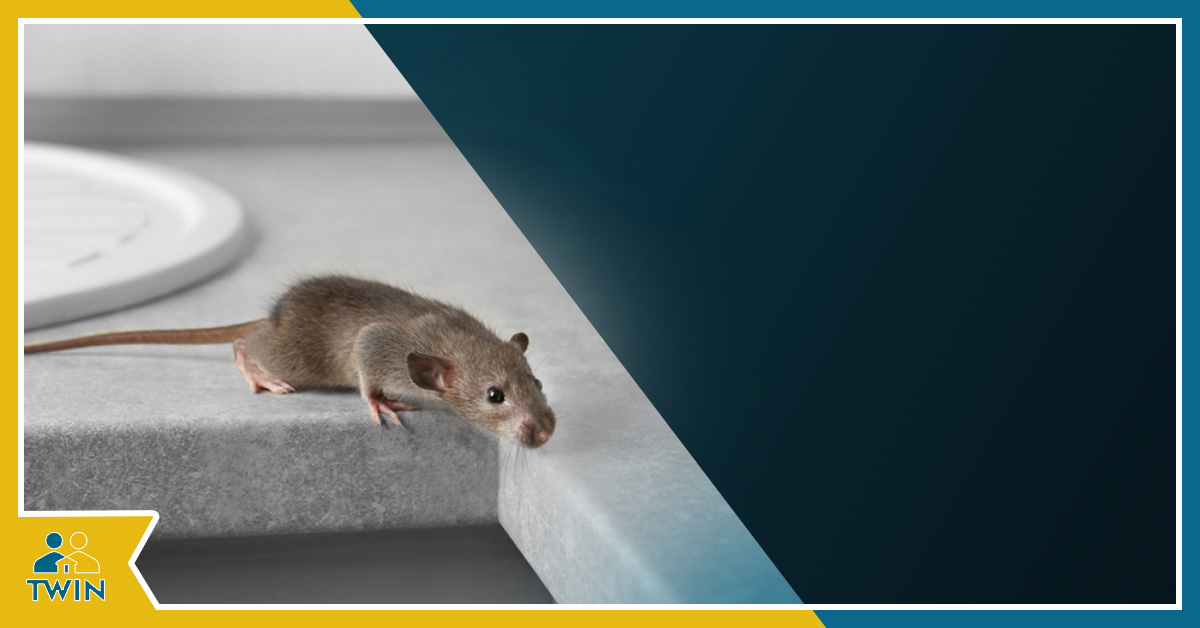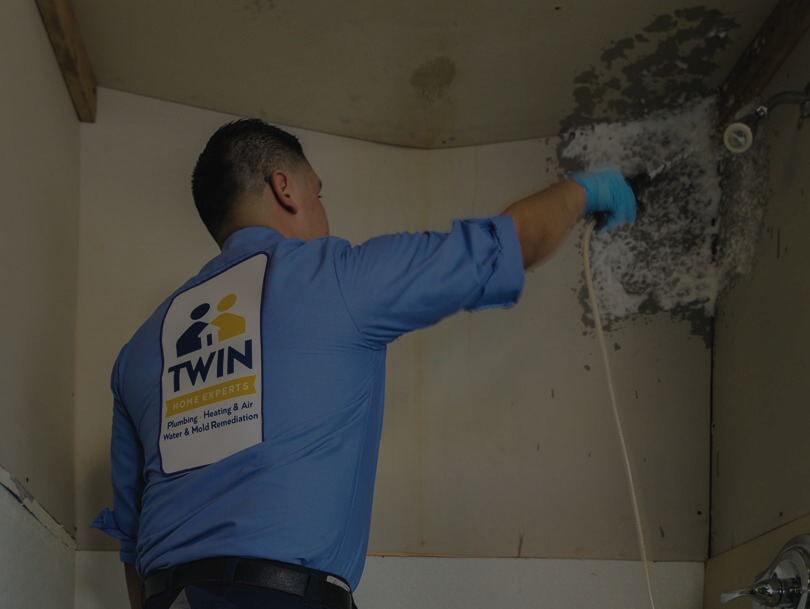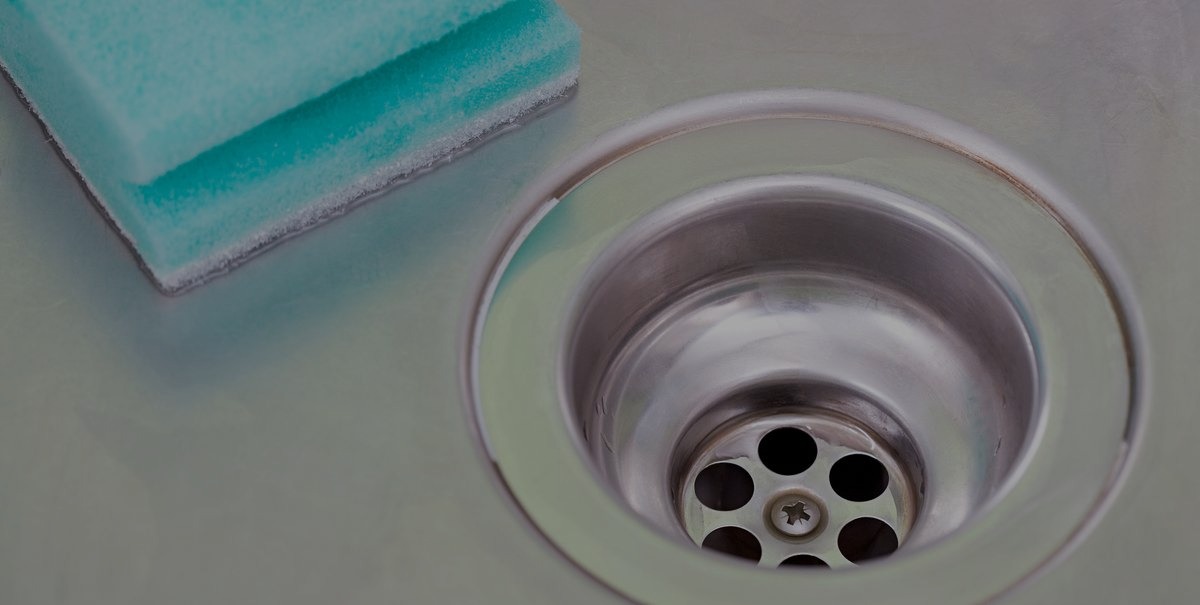Renting in Los Angeles and not sure what to do about your mold problem? We can help! If you rent or lease an apartment, house, condo, townhouse or commercial space, you may be dealing with a mold issue. Our Twin Home Experts Call Center is constantly receiving calls about this type of problem and […] The post I rent in Los Angeles and have mold, what do I do? appeared first on Twin Home Experts.
Renting in Los Angeles and not sure what to do about your mold problem? We can help!
If you rent or lease an apartment, house, condo, townhouse or commercial space, you may be dealing with a mold issue. Our Twin Home Experts Call Center is constantly receiving calls about this type of problem and we want to help you understand what you can do to remedy the situation.
The first step in making sure that you do not end up in a home full of mold comes before you ever sign a rental contract or lease.
When you begin your search, make sure you inspect the rental unit with the landlord or the landlord’s agent. You will want to look throughout the home, making sure that the unit has been maintained well and does not have signs of damage that can lead to the growth of mold. Once you have found a home that is right for you, you should obtain rental insurance with mold coverage in case you find hidden mold after you move in.
We use a specific process when we look at homes. Our Twin Home Experts inventory checklist is a good starting point for an inspection guide.
Here is a look at our list of things to look for when you inspect the rental unit:
- Cracks or holes in the floor, walls, or ceiling
- Signs of leaking stains of water or water damage in the floor, walls, or ceiling
- The presence of mold that might affect you or your family’s health and safety
- Signs of rust in water from the fixtures
- Leaks in bathroom or kitchen fixtures
- Lack of hot water
- Low water pressure
- Inadequate heating or air conditioning
- Inadequate ventilation or offensive odors
- Damaged flooring
- Damaged furnishings (if it’s a furnished unit)
- Signs of spotted mold
- Accumulated dirt and debris
- Inadequate trash and garbage receptacles
- Chipping paint in older buildings, especially if the building was built before 1978.
*Note* Paint chips sometimes contain lead, which can cause lead poisoning if children eat them. You can get more information by reading the booklet, “ Protect Your Family from Lead in Your Home ,” which is available by calling (800)-424-LEAD or online at www.epa.gov/lead/pubs/leadpdfe.pdf.
If you’re already settled in your home and you feel that there is mold or if you see mold, experts suggest that you send a letter to your landlord, manager or agent immediately. You will want to make sure that the letter is sent by certified mail with a return receipt request so you can make sure they received your letter. If there is no response, the next step is to hire a mold professional and perform an air or swab mold analysis and mail the results to your landlord, manager or agent to show proof of the contamination from a third party accredited mold laboratory. You should also send photos of all visible damages and a demand letter, making sure that once again you send it by certified mail.
What goes into a mold air testing and what does it cost?
We know this can be tough because there are out of pocket expenses, but we truly believe this is the ONLY way to prove that there is contamination of mold. The average cost can range from $125 to $289, depending on what type of testing is performed. On a positive note, once the landlord sees the evidence, they tend to move more proactively to get the issue taken care of. Once the property owner takes action, we’ve seen it many times where the landlord reimburses the tenant for the test results. Another out of pocket expense that is a tremendous help and a good option for eliminating mold is neutralizing the indoor air by fogging with an antimicrobial and placing an air scrubbing device with pure HEPA for 48 hours in the affected area. The cost can vary, so check around. We typically charge $650 to $950 here at the Twin Home Experts.
In the event the landlord continues to fail to respond, then your choices are to simply move out, file a complaint with the local health department, hire a mold attorney or use your rental insurance (if you have coverage). We sure hope this article helps, and if you have further questions, please feel free to contact Twin Home Experts today!
The post I rent in Los Angeles and have mold, what do I do? appeared first on Twin Home Experts.
